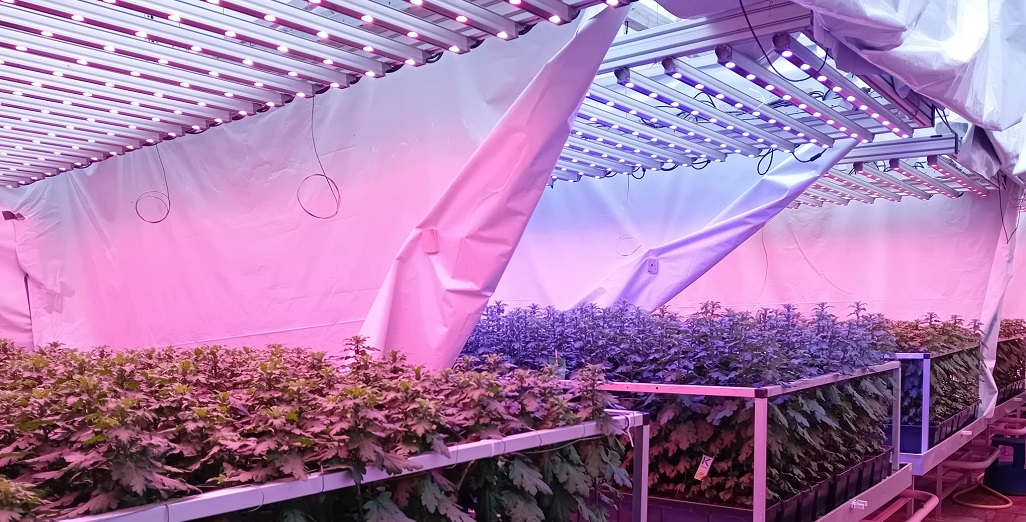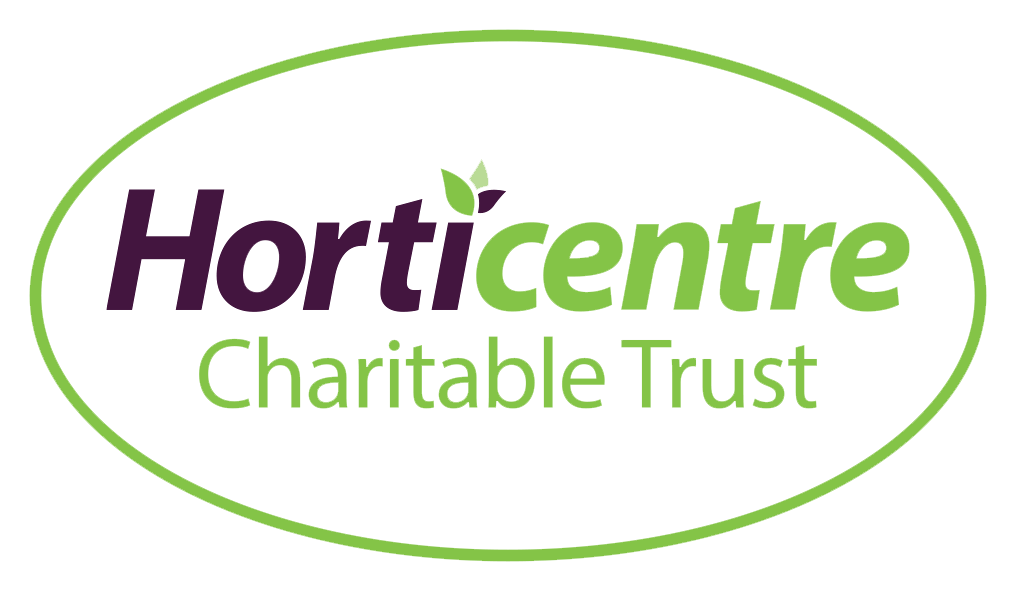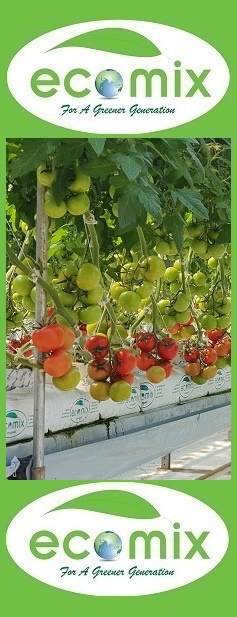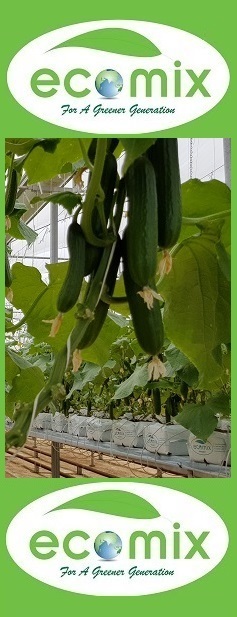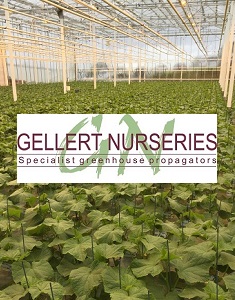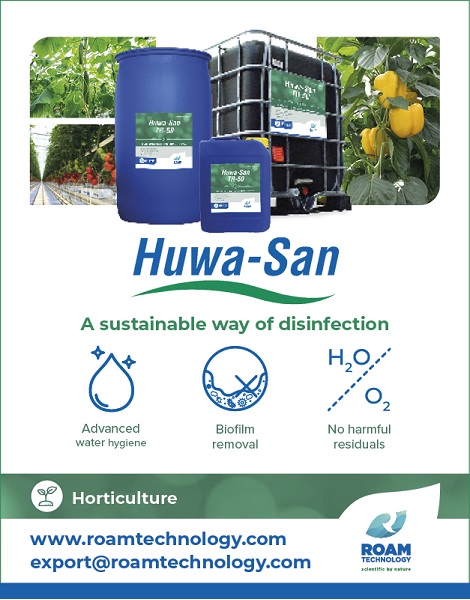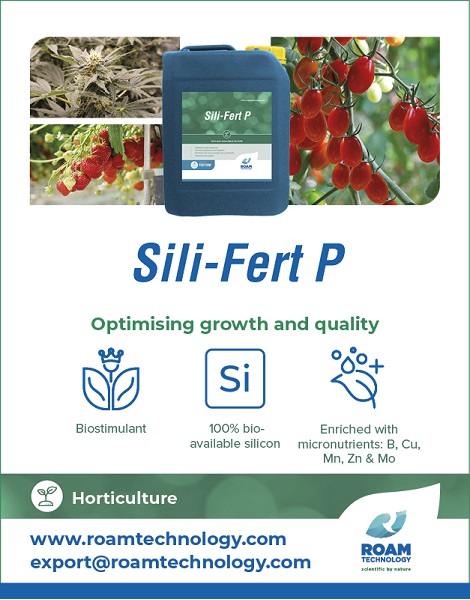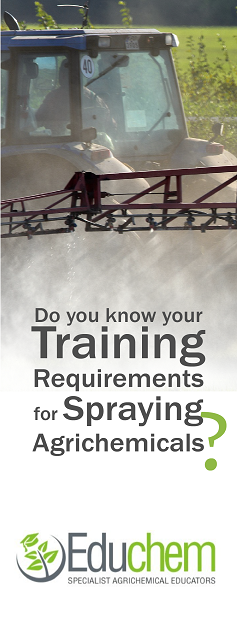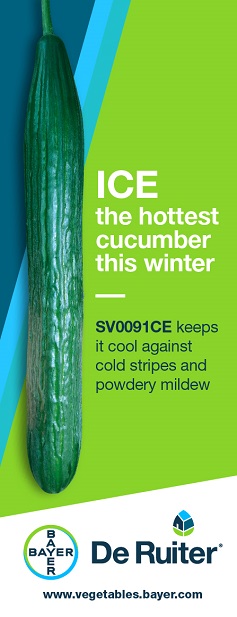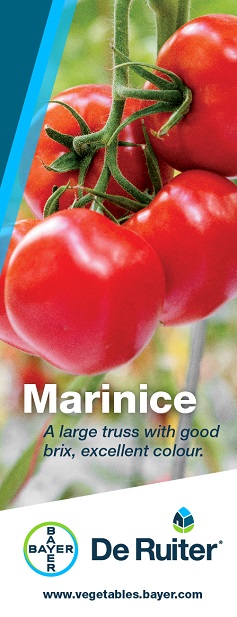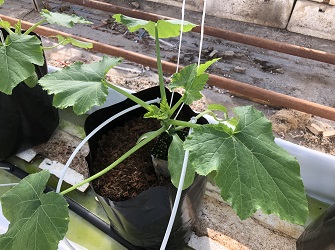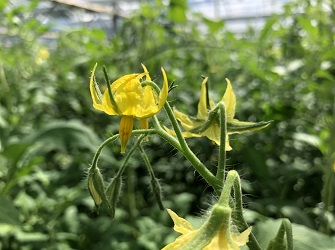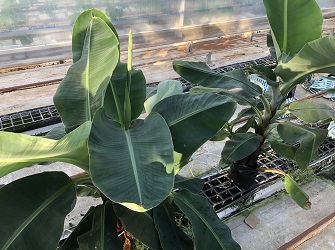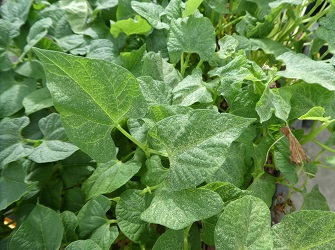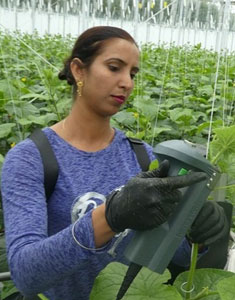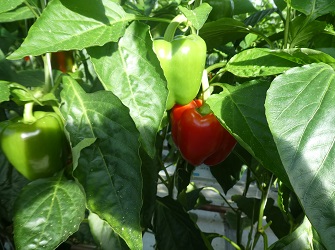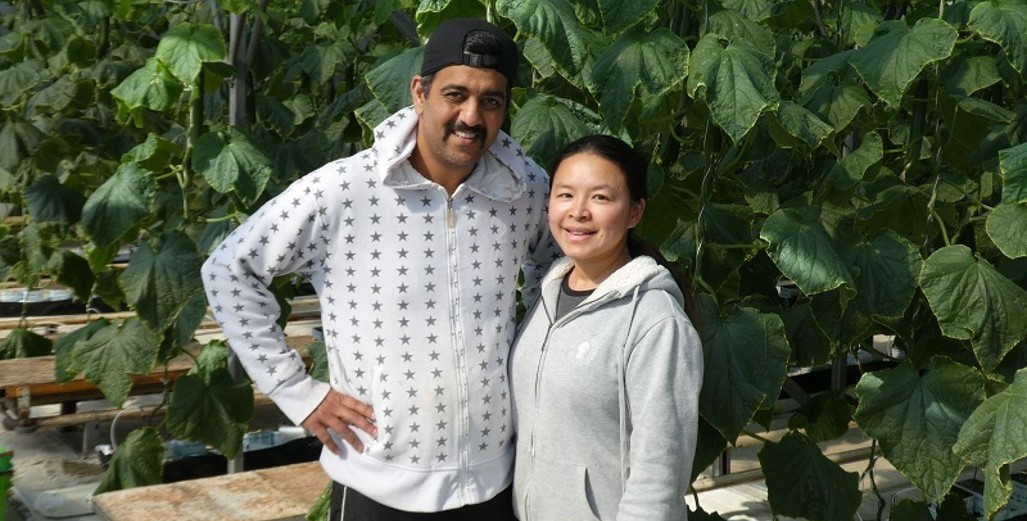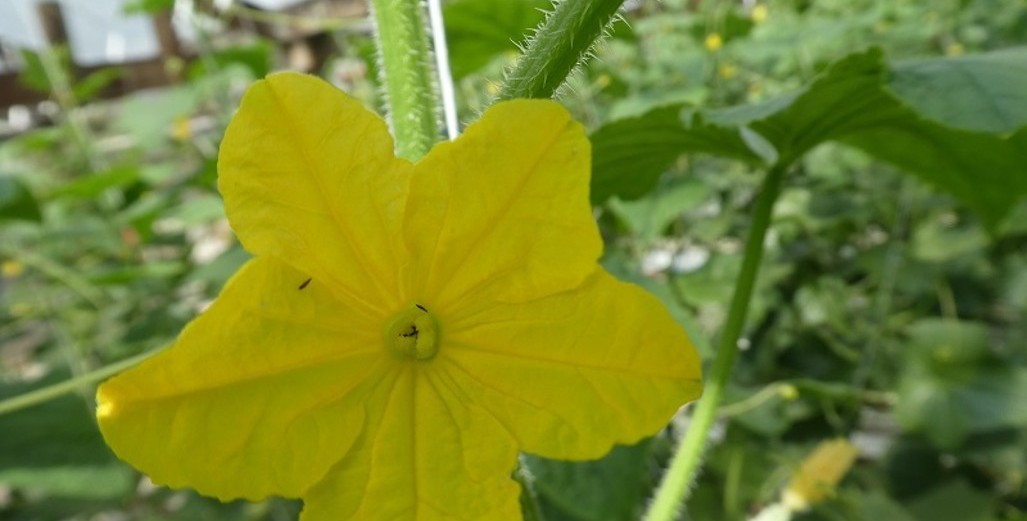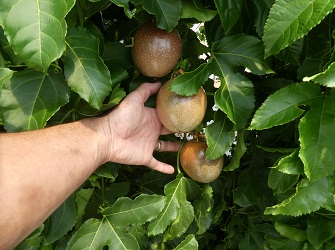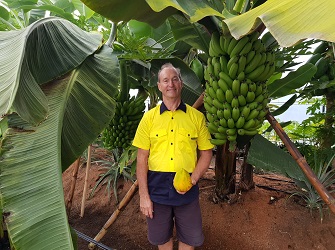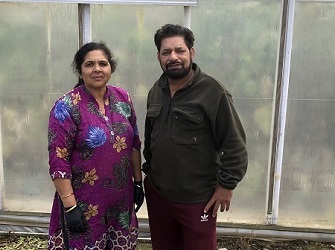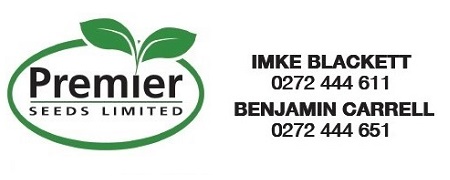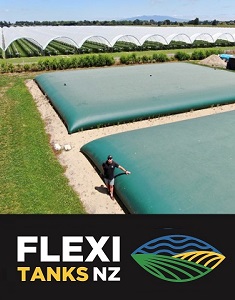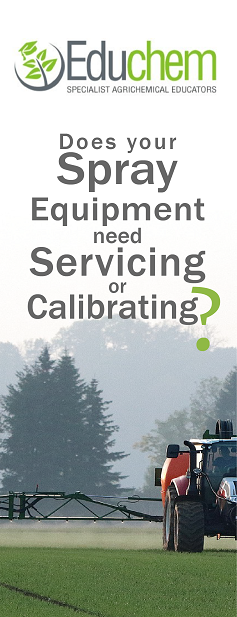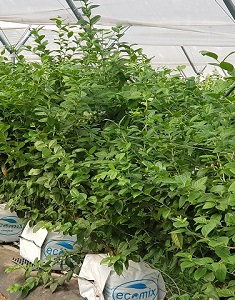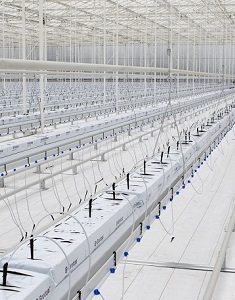Sign up here to subscribe to the Grower2grower Ezine. Every two weeks you will receive new articles, specific to the protected cropping industry, informing you of industry news and events straight to your inbox.
Jul 2022
Let the light in to achieve higher production in Winter
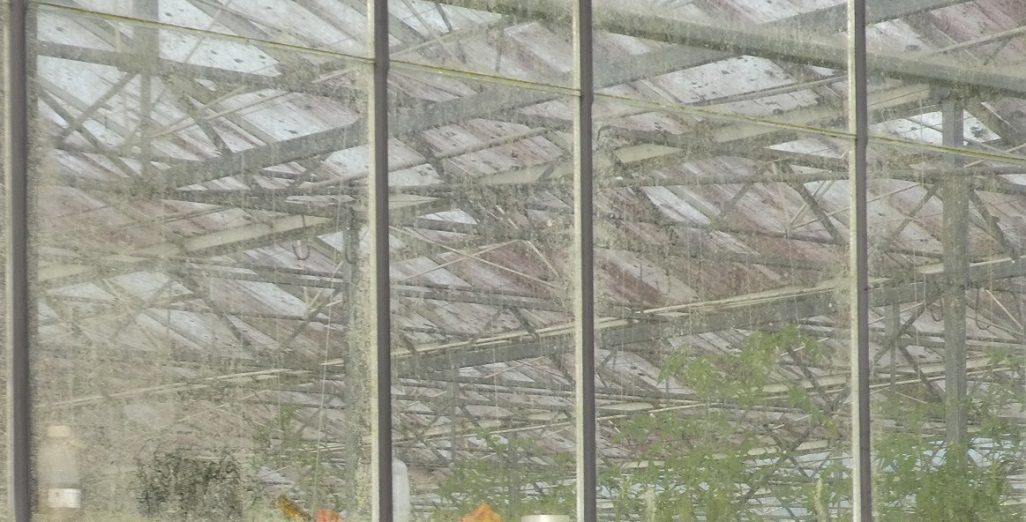
It costs you not to clean. Now, when prices are high for produce it is a good time to look up to see what you are missing out on
Unclean Roof:
Businesses are struggling to find the time to clean their greenhouses on a regular basis, the rule of thumb is 1% more light is 1% more production.
The longer you leave the roof the harder it becomes to clean it over time. Properties that have automatic roof cleaners have an advantage, it is a large capital outlay, to have automatic washers installed, but it pays for itself time and time again. For smaller properties the capital costs are too much, but there are solutions.
Agdrone – have a superb solution that will clean the greenhouse and keep you safe from harm. Spraying with a drone offers an alternative to physically walking on the structures and cleaning either glass or plastic greenhouse roofs. With labour shortages a constant issue for growers, finding the time is also proving very difficult.
The best time to spray the roof is during crop rotation. Please make certain you understand the chemical being applied and the precautions required to prevent contamination. This is critical. Cucumber growers that have multiple rotations, have more opportunities to clean and apply coatings.
Condensation:
The other issue, I believe is somewhat avoidable, is to reduce condensation. Condensation can block or reflect up to 8% of light. Products can be sprayed internally on the roof, during crop change to reduce or even eliminate condensation on the inside of the structures. If you are replacing crops in Autumn, this is the perfect time to apply. It is Winter now but now is a good time to visualise and may have you considering why you have not done this before.

Article written and compiled by Stefan Vogrincic
All Article’s checked and edited by Marie Vogrincic
I appreciate your comments. Please feel free to comment on the grower2grower Facebook page:
CLASSIFIED
Photo
Gallery
Subscribe to our E-Zine
More
From This Category

Ground cover: woven weed mat or solid plastic… or both?
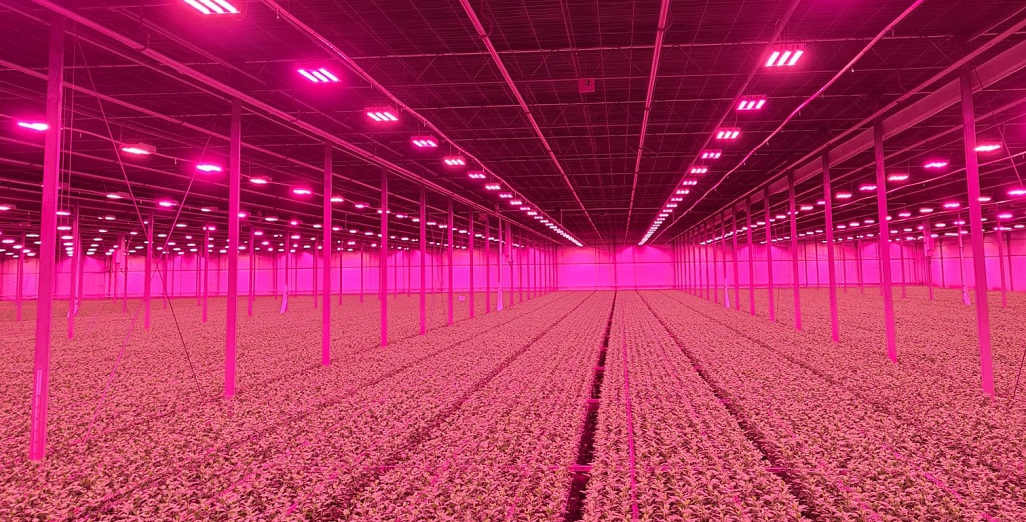
Integration of Philips GrowWise control system with climate computer allows Huisman Chrysanten to light more effectively and efficiently

New Philips GreenPower LED toplighting force 2.0

Condensation re-visited

Philips GrowWise Research Center to test and showcase intelligent lighting
